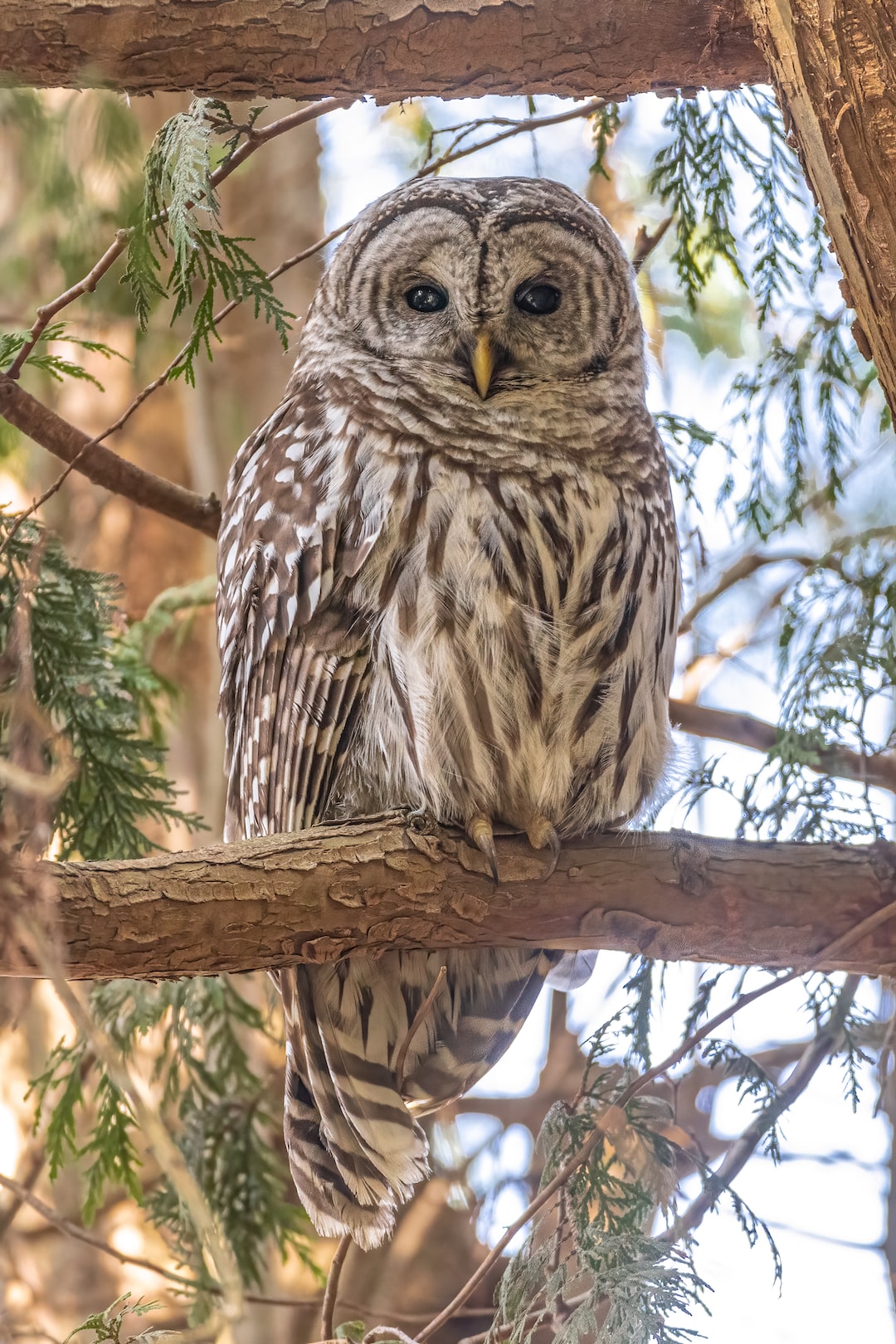The Mysteries of Animal Migration: How Do They Find Their Way?
Imagine being able to travel thousands of miles, across vast oceans and treacherous terrains, without a map or GPS. Sounds impossible, doesn’t it? Yet, animals embark on these incredible migration journeys every year, defying our understanding of how they find their way. From monarch butterflies to humpback whales, these incredible creatures have mastered the art of navigation, leaving scientists in awe and sparking countless questions about the mysteries of animal migration.
Migration is a phenomenon observed in various species across the world, from insects to birds and whales. It involves long-distance movements, usually seasonal, undertaken by animals to find better feeding grounds, suitable breeding habitats, or escape adverse weather conditions. But how do they manage to navigate such vast distances?
One widely studied aspect of animal migration is the ability to sense the Earth’s magnetic fields. Scientists believe that many species possess a special sense, called magnetoreception, which allows them to detect and interpret the Earth’s magnetic fields. This internal compass helps them orient themselves and maintain a steady direction during their journey.
Birds are perhaps the most famous migrants, known for their incredible feats like the arctic tern, which holds the record for the longest annual migration of any known bird. But how do they navigate? Researchers found that birds utilize a combination of several cues, including the Earth’s magnetic field, to guide them during migration. They have tiny magnetic particles in their beaks that align with the Earth’s magnetic fields, assisting them in determining their heading. On top of that, birds also rely on visual landmarks, the position of the sun or stars, and even their sense of smell to find their way.
Insects, too, demonstrate impressive navigation skills during migration. Take the monarch butterfly, for example. These delicate creatures undertake a remarkable journey from North America to Mexico each year, a distance of up to 3,000 miles. How do they accomplish such a feat? Researchers believe that monarchs possess a time-compensated sun compass, which allows them to use the position of the sun as a navigational tool. Moreover, they seem to have an innate genetic knowledge of their migration route, passed down through generations.
The oceans, too, have their fair share of migratory wonders. Whales, such as the humpback, undertake lengthy migrations from feeding grounds to breeding areas. But how do they navigate across vast expanses of water? Scientists believe that whales, like birds, are capable of sensing the Earth’s magnetic fields. Additionally, they may use underwater sounds, including low-frequency sounds generated by undersea geological features, to navigate. By following these acoustic cues, whales can maintain their course with astonishing accuracy.
While we have made significant strides in understanding the mechanics behind animal migration, many mysteries still remain. The precise mechanisms by which animals sense and interpret the Earth’s magnetic fields are yet to be fully understood. Furthermore, there is much to learn about how animals navigate unfamiliar routes or compensate for changes in their environment.
Studying animal migration not only enhances our knowledge of these incredible creatures, but it also offers potential applications in various fields. Understanding how animals navigate could help us develop novel navigation systems for spacecraft, autonomous vehicles, or even contribute to advancements in medical imaging technologies.
The mysteries of animal migration continue to captivate researchers and nature enthusiasts alike. Each migration season, as we witness these journeys unfold, we are reminded of the wonders of the natural world and the complexities that still lie beyond our comprehension.


